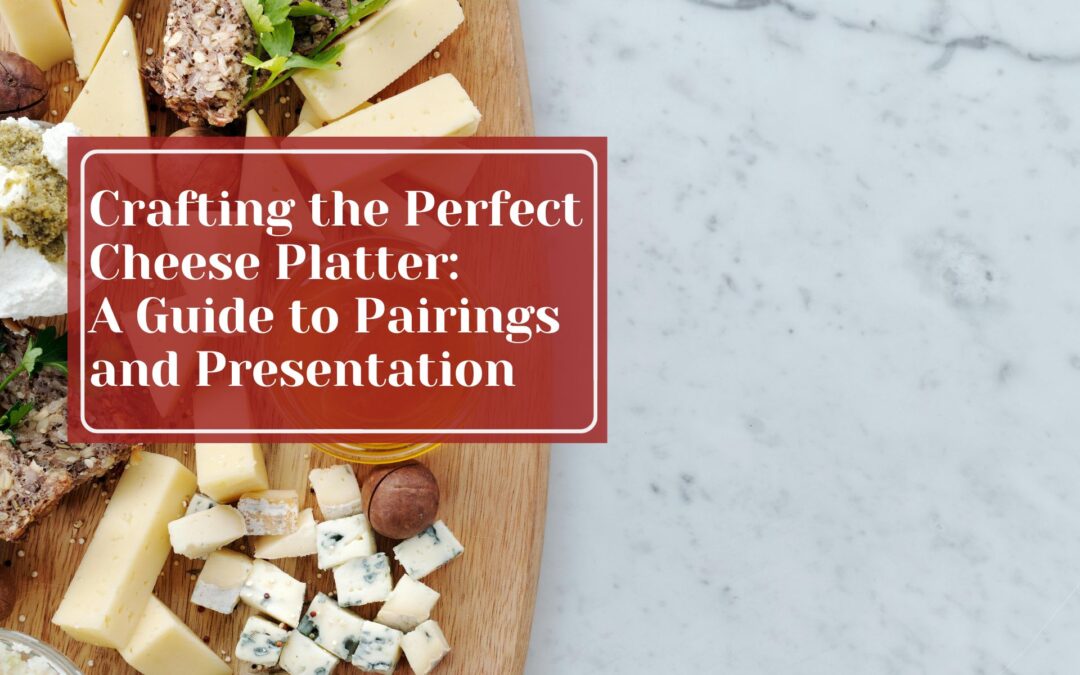Few culinary pleasures rival the art of indulging in a thoughtfully curated cheese platter. Whether it’s an intimate gathering or a lavish celebration, a well-crafted cheese platter can elevate the entire dining experience. From selecting the finest cheeses to mastering pairings and presentation, here’s your comprehensive guide to creating the perfect cheese platter.
Choosing the Cheeses:
Variety is a critical part of selecting cheeses. Aim for diversity in flavors, textures and types. A well-rounded platter typically includes:
- Soft Cheese: Creamy and luscious; examples include Brie or Camembert.
- Hard Cheese: Aged and firm, such as aged Cheddar or Gouda.
- Blue Cheese: Bold and tangy, like Roquefort or Gorgonzola.
- Fresh Cheese: Light and mild, like goat cheese or ricotta.
Pairings:
Pairing cheeses with complementary items enhances their flavors. Here are some classic pairings to consider:
- Fruits: Fresh or dried fruits like figs, grapes, sliced apples, or pears offer a sweet contrast.
- Nuts: Walnuts, almonds, or pecans add a delightful crunch and nutty undertones.
- Cured Meats: Prosciutto, salami, or chorizo provide savory notes that complement the cheese.
- Crackers and Bread: Offer a selection of plain and flavored crackers, baguette slices, or breadsticks for texture and balance.
- Condiments: Include honey, fruit jams, or chutneys for a touch of sweetness and complexity.
Presentation:
The visual appeal of a cheese platter is as important as its flavors. Follow these tips to present your cheeses in an enticing manner:
- Platter Selection: Choose a large wooden board, marble slab or ceramic platter as your canvas. Ensure it is clean and at room temperature.
- Arrangement: Start by placing cheeses strategically around the board, considering colors, shapes, and sizes. Create balance and visual interest.
- Spacing: Allow enough space between each cheese to prevent flavors from melding. Arrange accompaniments in small bowls or dispersed around the cheeses.
- Garnishes: Fresh herbs like rosemary or thyme add a pop of color. Edible flowers or decorative elements like berries can elevate the platter’s aesthetic.
- Labeling: Provide labels or a small guide identifying each cheese to guide your guests through the tasting experience.
Serving:
Ensure the cheeses are served at the right temperature. Remove them from the refrigerator at least 30 minutes before serving to allow flavors to fully develop. Encourage guests to start with milder cheeses and progress to stronger flavors.
Crafting the perfect cheese platter is an art that merges flavors, textures, and aesthetics. It’s an invitation for guests to explore and savor a symphony of tastes. By following these guidelines, you can create a memorable culinary experience that brings people together over the love of good food and great company.

